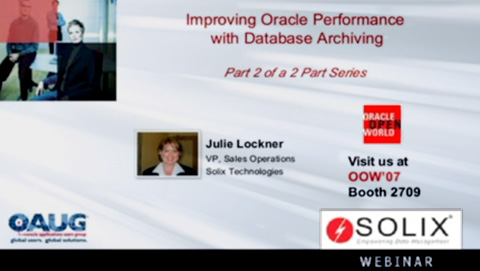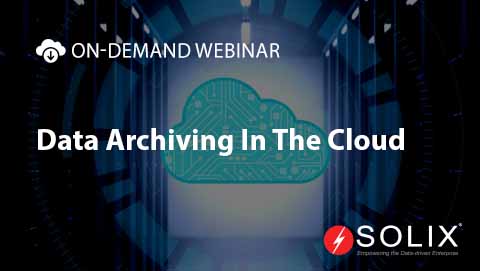Data Fabric
What is a Data Fabric?
Data Fabric is an integrated, holistic approach to managing, organizing, and utilizing data across an organization’s ecosystem. It is a unifying layer that seamlessly connects disparate data sources, applications, and storage systems. The goal of a data fabric is to create a unified and consistent view of data, regardless of its location or format.
Data Fabric enables organizations to solve complex data problems by allowing enterprises to manage their data in a unified platform irrespective of the source, location, or database where the data is stored. Data Fabric allows easy access and data sharing in a distributed environment.
Key Components in a Data Fabric
- Data Integration:
Data fabric includes robust data integration capabilities to facilitate the smooth flow of data between different systems, databases, and applications. This ensures that data is available where and when it’s needed.
- Data Orchestration:
Data fabric enables efficient orchestration, ensuring data workflows and pipelines operate seamlessly and consistently.
- Metadata Management:
This includes capturing and cataloging metadata to provide insights into the origin, structure, and usage of data across the organization.
- Data Governance:
Data governance within the Data Fabric involves defining policies, roles, and responsibilities related to data access, usage, and quality.
- Unified Data Access:
Data fabric provides a unified approach to accessing and querying data, regardless of where it resides. This ensures that users can derive insights without being constrained by the complexities of data silos.
Benefits of Implementing Data Fabric:
- Improved Data Agility:
Data fabric enhances the agility of your organization by making it easier to adapt to changes in data sources, formats, and business requirements. This agility is crucial for staying competitive in today’s fast-paced business environment.
- Enhanced Collaboration:
By providing a unified view of data, data fabric promotes collaboration among different teams and departments. It breaks down data silos and encourages a shared understanding of the organization’s data assets.
- Increased Data Quality and Consistency:
The comprehensive metadata management and governance capabilities of data fabric contribute to improved data quality and consistency. This, in turn, enhances the reliability of data-driven decision-making.
- Cost Efficiency:
Data fabric optimizes data management processes, leading to cost savings by reducing the time and resources required to integrate, analyze, and maintain data.
Why do Enterprises need Data Fabric?
As data volumes are increasing exponentially, organizations are grappling with the proliferation of diverse data sources, formats, and distributed infrastructures, leading to complexities hampering the ability to harness the full potential of data assets for informed decision-making.
Organizations need a Data Fabric to seamlessly integrate disparate data silos into a unified, consistent, and agile data environment while streamlining data integration and orchestrated workflows managed by a robust data catalog and metadata management systems. This unified approach enhances collaboration and data quality and enables organizations to respond swiftly to changing business needs.





